Chinese Overseas Enjoy Festivities and Remember Home Ties
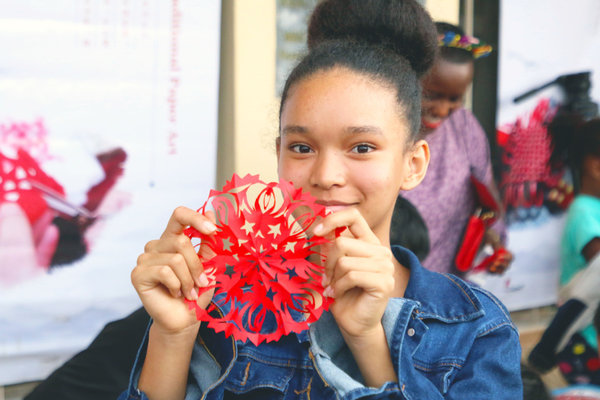 |
| A girl shows a paper-cut she made at a Chinese cultural exhibition in Kigali, Rwanda, on Sept 23. [Huang Wanqing/Xinhua] |
Communities across Asia prepare snacks and decorations as people celebrate Mid-Autumn Festival
For Chinese communities in Australia and Indonesia, Mid-Autumn Festival celebrations are an important part of their life.
Wayne Wong, like many new arrivals from China, is proud of his Chinese heritage.
Arriving in Australia just a few years ago along with his Chinese wife, he is proud to call Australia home.
While calling Australia home, Wong and his wife, however, still maintain their Chinese culture and heritage.
Mid-Autumn Festival and Lunar New Year are as important to them in Australia as they were in China, and will continue to be so.
This year, their modest home has been adorned with pink blossoms from fruit trees — cherry or peach — which Wong said are thought to bring good luck.
Like many Australians of Chinese descent, he celebrated Mid-Autumn Festival by having dinner with friends and eating mooncakes.
For Chinese Australians, Mid-Autumn Festival keeps them connected to their heritage and culture, said Mark Wang, CEO of the Museum of Chinese Australian History in Melbourne.
Wang's maternal ancestors arrived in Australia from China in the 1830s, just before the gold rush which saw thousands of Chinese make the journey to the gold fields in eastern Australia in the 1850s and'60s.
"Whether you are a first-generation Australian or can trace your family's arrival back several generations, it is important to keep that connection," Wang said.
"Chinese Australians are proud of their heritage and culture, and Mid-Autumn Festival is part of that connection."
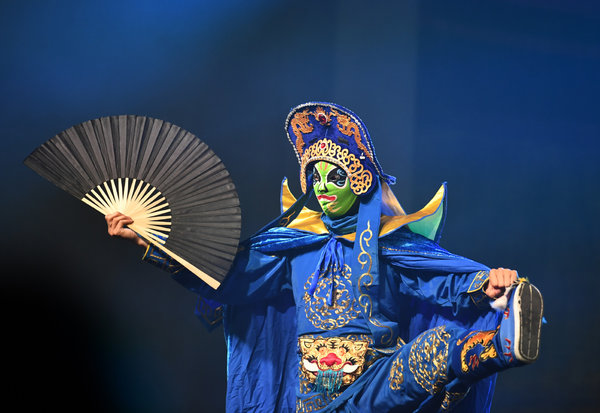 |
| An actor performs during a celebration to mark Mid-Autumn Festival at the Gardens of the World in Berlin on Sept 23. [Ren Pengfei/Xinhua] |
According to the 2021 census, 1.39 million Australians identify as having Chinese ancestry, accounting for 5.5 percent of the population. They come from many parts of Asia — such as Malaysia, Indonesia, Thailand and, of course, China.
"What is interesting is that 40 percent of Australia's Chinese have arrived here over the last 20 to 25 years — mainly from China," Wang said.
To celebrate Mid-Autumn Festival, aka the Moon Festival, Wang's museum will hold a series of Autumn Moon Nights, which will focus on traditional, contemporary and reinterpreted popular Chinese culture. The story is much the same around the country.
Professor Ying Zhu, director of the Australian Centre for Asian Business at the University of South Australia, said Mid-Autumn Festival is a celebration of the autumn harvest. In China, it is a major event as it not only celebrates the harvest but also brings families together.
"Here in Australia where it (Mid-Autumn Festival) is celebrated in spring, its significance is perhaps not as important as if you were in, say, China. In many ways, it has become a multicultural festival which is celebrated by Chinese from many Asian countries who have made Australia their home," he said.
"Yes, it keeps people in touch with their traditions and culture, and brings together the family and friends. Here in South Australia the minister for multicultural affairs (Zoe Bettison) recently held a party for community leaders and scholars ahead of Mid-Autumn Festival. In many ways, it was a celebration of Australia's multiculturalism."
Carrying Significance
Cecilia Chiu, who grew up in Hong Kong before relocating to the southern island state of Tasmania where she is a translator, said maintaining traditions such as Mid-Autumn Festival is important to Chinese people.
"It is the many different aspects of our traditions that shape our culture. In this sense, yes, Mid-Autumn Festival is important to us," she said in an interview with the translation service Alexigo.
"I have not always celebrated Mid-Autumn Festival since I moved to Tasmania. Celebrations in Tasmania are very different from what I used to have in Hong Kong where festive foods and paraphernalia were readily available off the shelf.
"Here in Tasmania, we have to make our own things, such as the lanterns for Mid-Autumn Festival. We even bake our own mooncakes if we have time. To a certain extent, this is good. Celebration activities here are less commercialized and 'getting our hands dirty' makes us appreciate the traditional aspects more."
For Chinese people, Mid-Autumn Festival holds great cultural and personal significance. It is a time for families to come together, exchange gifts and reminisce. The festival is also a time for individuals to reflect on their personal growth and make wishes for a better future.
Over the years, Mid-Autumn Festival has grown in Australia, reflecting the growth of the country's Chinese community.
Today in Sydney, Mid-Autumn Festival is no longer only celebrated in the Chinatown District of Haymarket, but also in suburbs such as Chatswood and Fairfield, which have large concentrations of Chinese Australians.
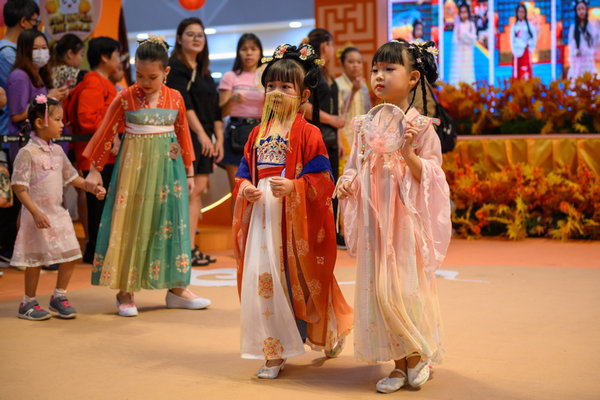 |
| Children wearing hanfu, traditional Chinese clothing, take part in an event to celebrate Mid-Autumn Festival in Kuala Lumpur, Malaysia, on Sept 24. [Chong Voon Chung/Xinhua] |
One of Sydney's main tourist precincts, Darling Harbour, has been festooned with lanterns, food stalls, cultural performances and dance events for two weeks starting Sept 15.
Further Afield
Across the sea in Indonesia, Sept 29 is a special day for Adolf Auradanu.
He and other senior staff members at his central Jakarta office received the popular kue bulan, or mooncakes, the typically tasty treats that are sold or given out at Mid-Autumn Festival in the Chinese calendar.
"The wife of my boss makes kue bulan, and he gives them out to us. They are very delicious and we got them again this month as always," said Auradanu, a native Indonesian and manager at an electrical appliance manufacturing company in Jakarta.
His boss is an ethnic Chinese, whose wife is a Chinese Indonesian.
In Indonesia, making, selling and giving out kue bulan mooncakes are the festival's hallmark. Kue bulan is the Indonesian name for tiong chiu pia, which originates from the Hokkien dialect in the eastern Chinese province of Fujian.
The sweet dessert is the mosttalked-about item during Mid-Autumn Festival days in Indonesia, especially among the Chinese community, but most of the younger people have little knowledge of and pay little attention to the cultural and moral messages behind the items.
Other than Jakarta, mooncakes are also found in cities and large towns across the archipelago, especially on major islands such as Java, Sumatra and Kalimantan, where ethnic Chinese have a relatively stronger presence.
Hotels and bakeries in those areas offer different kinds of mooncakes, specially prepared for Mid-Autumn Festival, at relatively high prices. Some hotels have even reportedly imported mooncakes.
At the Mandarin Oriental Jakarta, special chefs have been preparing mooncakes since early last month. A staff member said customers can eat them in the hotel or order them for home delivery.
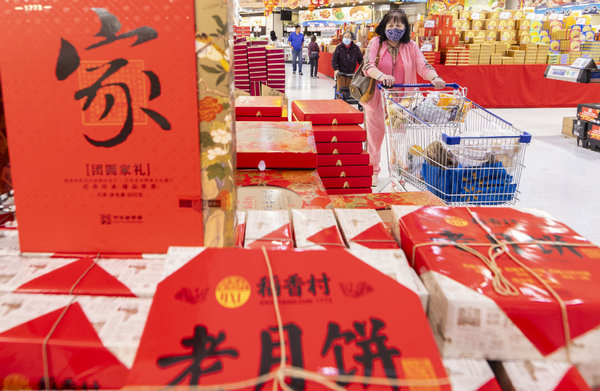 |
| Customers shop for mooncakes at a supermarket in Toronto, Canada, on Sept 25. [Zou Zheng/Xinhua] |
The five-star JHL Solitaire Hotel in Gading Serpong Township, Banten, near Jakarta, held a Mid-Autumn Festival fine dining event for hundreds of guests earlier this month.
However, in Kupang, the provincial capital of East Nusa Tenggara on the tiny island of Timor, Mid-Autumn Festival and mooncakes are little known.
To make people aware and to maintain their traditional, albeit diverse, religious backgrounds, an organization of Chinese Indonesians held a Mid-Autumn Festival gathering, said Amatus Bhela, an educator and social activist in Kupang, in a phone interview.
Ethnic Chinese in East Nusa Tenggara are mostly mixed race, having both native and Chinese blood, and they cherish Chinese traditions.
Small Chinese settlements began in Indonesia in the late 13th century, and Chinese Indonesians account for about 5 percent of the country's population of 278 million.
Hendriani, director of a private school in Gading Serpong, Banten province, near Jakarta, said her relatives normally get together on the weekend after Mid-Autumn Festival day to drink tea and eat mooncakes. The day before, Hendriani's mother decorates a prayer table and places mooncakes on it as offerings to honor the family's ancestors.
"Unfortunately, I know little about the Moon Festival. It is said that the Moon Festival is an event that enforces family unity and togetherness," said Hendriani, who only uses one name.
Dali Santun Naga, a professor at Tarumanagara University in Jakarta, said that it is normal for Chinese communities in Indonesia to observe Mid-Autumn Festival and Chinese Lunar New Year.
"I think people need identity and groups," said Naga, an ethnic Chinese. A former rector of Tarumanagara, he has written books and articles about Chinese Indonesians, an identity that refers to ethnic Chinese, becoming a group in Indonesia's larger community.
(Source: China Daily)
Please understand that womenofchina.cn,a non-profit, information-communication website, cannot reach every writer before using articles and images. For copyright issues, please contact us by emailing: website@womenofchina.cn. The articles published and opinions expressed on this website represent the opinions of writers and are not necessarily shared by womenofchina.cn.


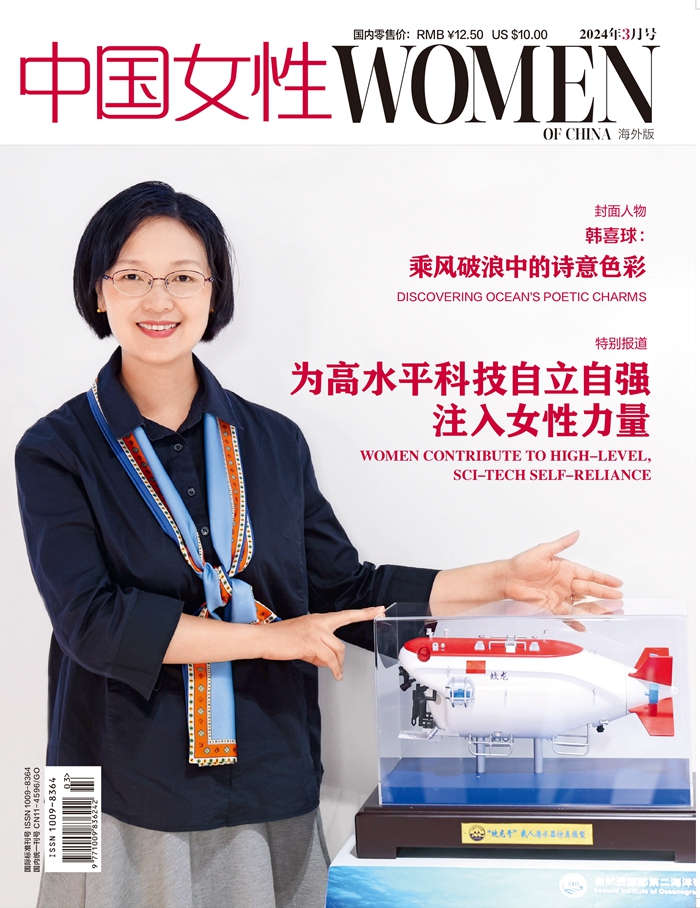
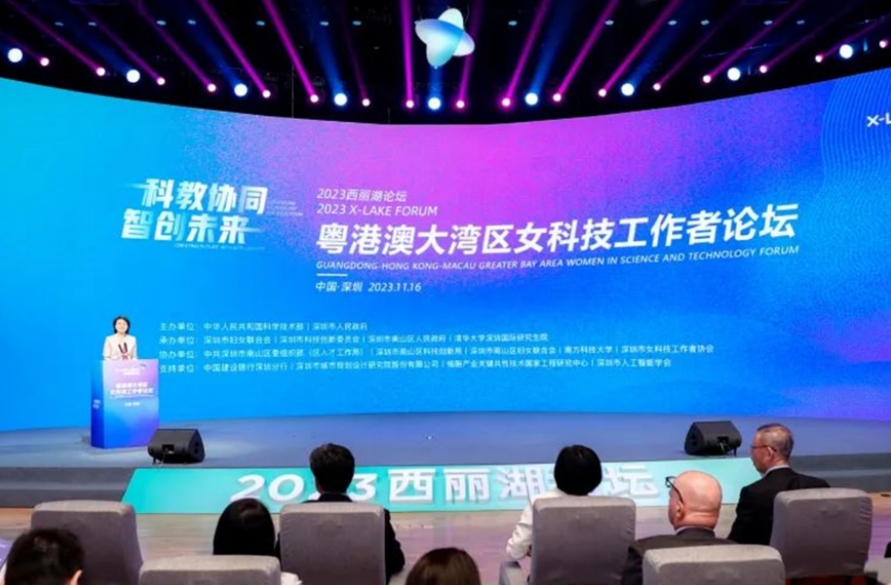
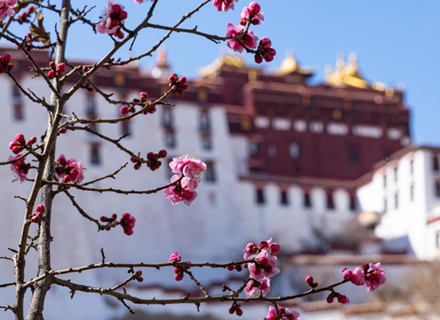
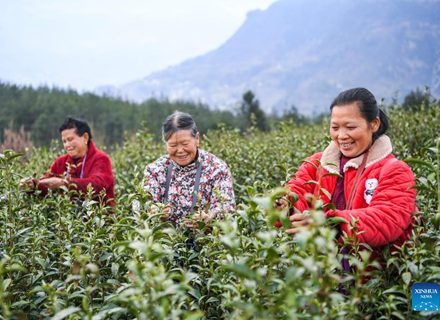


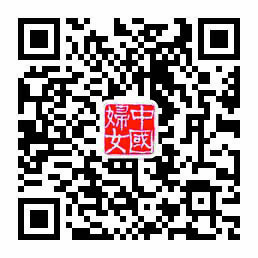 WeChat
WeChat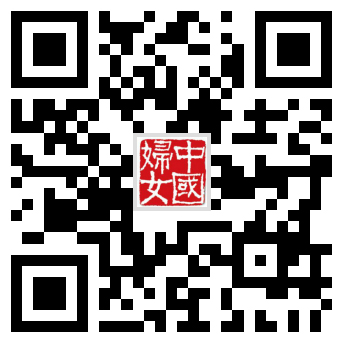 Weibo
Weibo 京公网安备 11010102004314号
京公网安备 11010102004314号